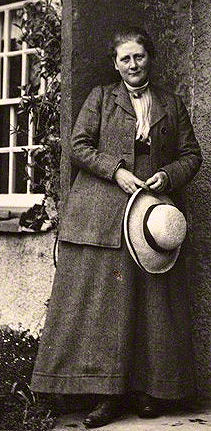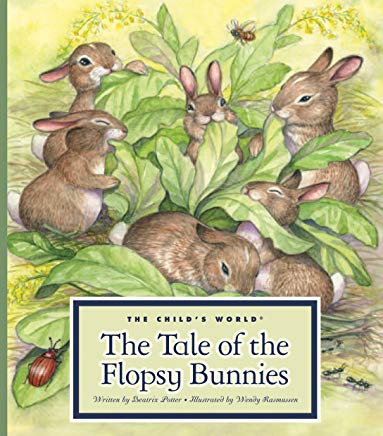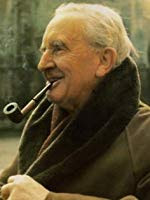Reblogged

Helen Beatrix Potter was born July 28, 1866 and died December 22, 1943 to Rupert and Helen Potter in Southwest London. Potter and her younger brother Walter Bertram Potter had few friends outside of their large extended family. They had numerous animals as pets which they observed, drew and studied. Beatrix would even take her pets with her on long holidays. Along with the study of animals she studied and drew nature.
During her teen years she was known to collect fossils, and study archeological artifacts from London excavations. She also developed an interest in entomology. She would draw and paint her specimens and became quite accomplished at it. Eventually her scientific interests became centered on mycology (the study of fungi). She was fascinated with their colors and ephemerality, and delighted in painting them.
She explored and developed a theory on fungi germination. When she wanted to present it to fellow botanists she was rebuffed because of her sex and amateur status. She submitted her paper to the Linnean Society, a group dedicated to the study and dissemination of information concerning natural history, evolution and taxonomy. It was introduced by a man because a woman could not attend the proceedings or read her paper. Later she withdrew the paper, because of contaminated samples. Many of her paintings and scientific drawings can be seen in museums and art galleries.
Her artistic and literary interests were influenced by fairy tales and fantasy. Stories from the Old Testament as well as Lewis Carroll’s, Alice in Wonderland were counted among her many inspirations. Exhibitions at art galleries fed her talents and developed her critical skills.
To earn money she and her brother printed Christmas cards of their own design. Mice and rabbits were the most frequent subjects of the cards and her fantasy paintings. Several of her drawings were purchased to use as illustrations for verses by Frederic Weatherly titled A Happy Pair. Several more were purchased for another of his books. The next year frog illustrations were sold for another publication and she decided she wanted to publish her own illustrated stories.
When Potter was on holiday she would send letters to young friends that included quick sketches. When she ran out of stories to share with her young friends four little rabbits named, Flopsy, Mopsy, Cottontail and Peter were born. Later she revised the tale and made it into a book. When she couldn’t find a publisher she published it for friends and family at her own expense. The book was later picked up by the same publisher that had rejected it and she agreed to colour her pen and ink illustrations. Potter continued to write until after WWI when her attentions shifted to farming, sheep breeding and land conservation.
She patented a Peter Rabbit doll as well as other spin off merchandise which earned Potter and independent income and immense profits for her publisher.
Potter began to use her income and a small inheritance to purchase Hill Top Farm. The tenant farmer agreed to stay on and manage the farm while she made improvements and learned the techniques of fell farming and raising livestock. She continued to buy contiguous properties and became involved in village life.
She married her solicitor in 1913 and continued to manage her evergrowing farms. She introduced Herdwick sheep (an indigenous fell sheep) and became one of the largest Herdwick sheep farmers in the county. Her conservation projects helped preserve farms and fell farming and gained her wide regard.
She continued to write and draw, although it was mostly for her own enjoyment. Her later books included the semi-autobiographical The Fairy Caravan and Sister Anne, ( a tale of Bluebeard).
When she died she left over 4000 acres of land, sixteen farms, cottages, and herds of cattle and Herdwick sheep to the National Trust. Most of the original illustrations for her books were also left to the National Trust. Copyrights were left to her publisher. Her artwork is displayed in her husband’s former law offices known as the Beatrix Potter Gallery. Scientific drawings went to Armitt Library and Museum. Public collections of her letters and drawings can be seen in museums around the world.



